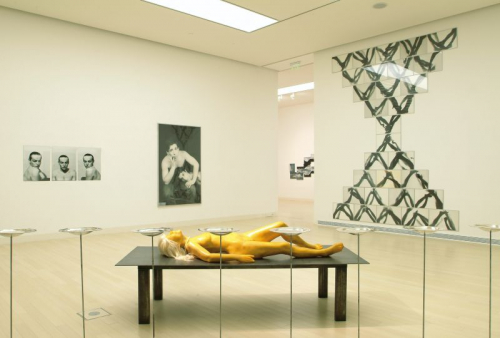Tibor Gyenis had first introduced one of his genetic engineering experiments as part of his series of “superfluous gestures”: he had tied some yellow-green fruits of unknown origin and type to young trees. As a follow-up to his new found hobby, this time he took on the role of genetic engineer by intervening into an existing setting in a urban environment: he planted watermelons of various sizes among existing vines climbing up a concrete wall, giving the illusion of a natural scenery with proliferous vegetation embellished by oversized fruits. In reality genetic engineering is a cellular intervention process, whereby DNA is processed via biotechnological methods – a common technique by now –, but its possible consequences and downsides (including related ethical issues), are not understood by most. Gyenis uses his own primitive technique to create a fictional and personally constructed visage that is at once beautiful and bizarre. As a result, the attention of the viewer is focused on the latent problems associated with the phenomenon: the greed of profit-oriented agriculture and the unfavourable impact of genetic engineering on nature and the biosphere. K.Sz.

